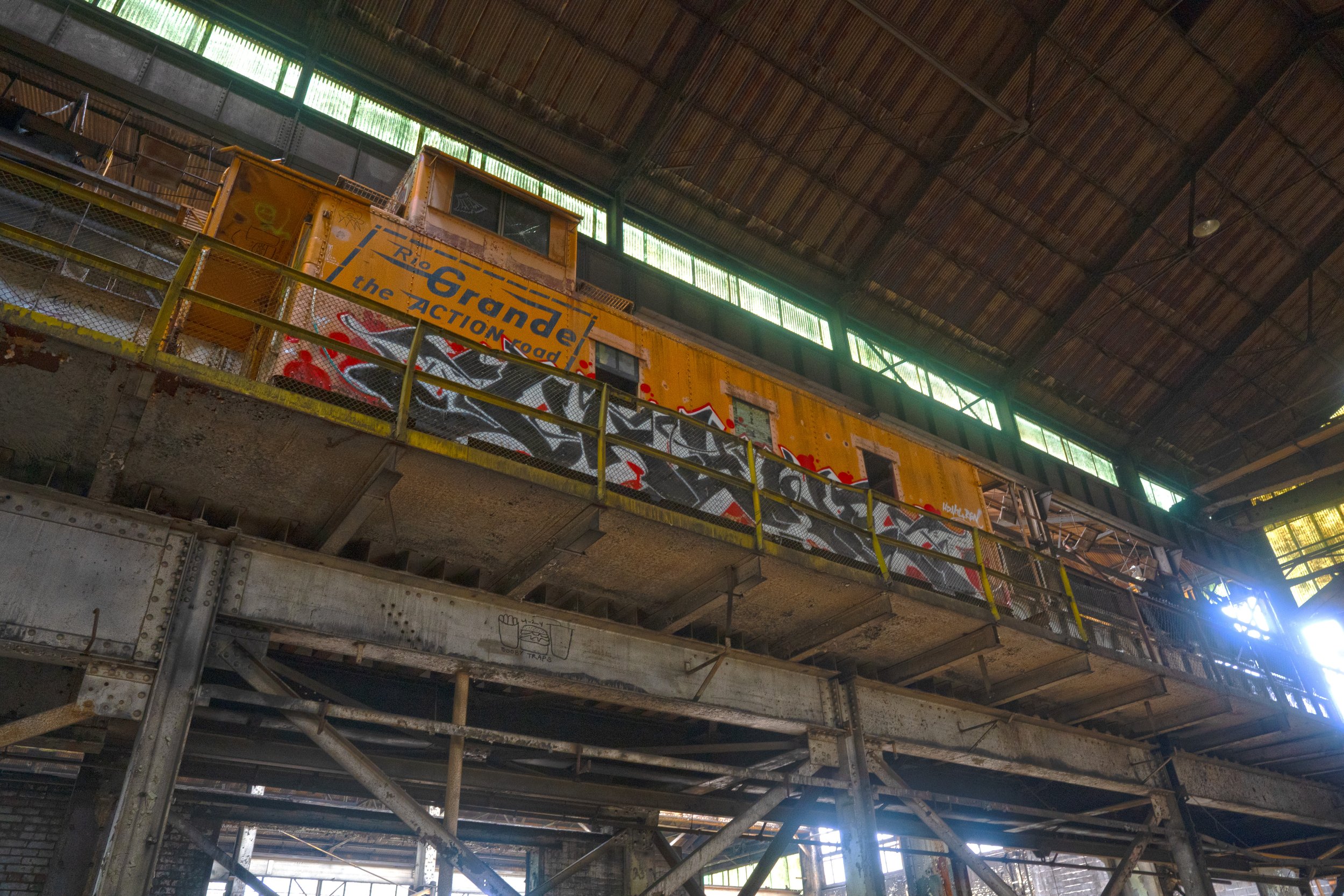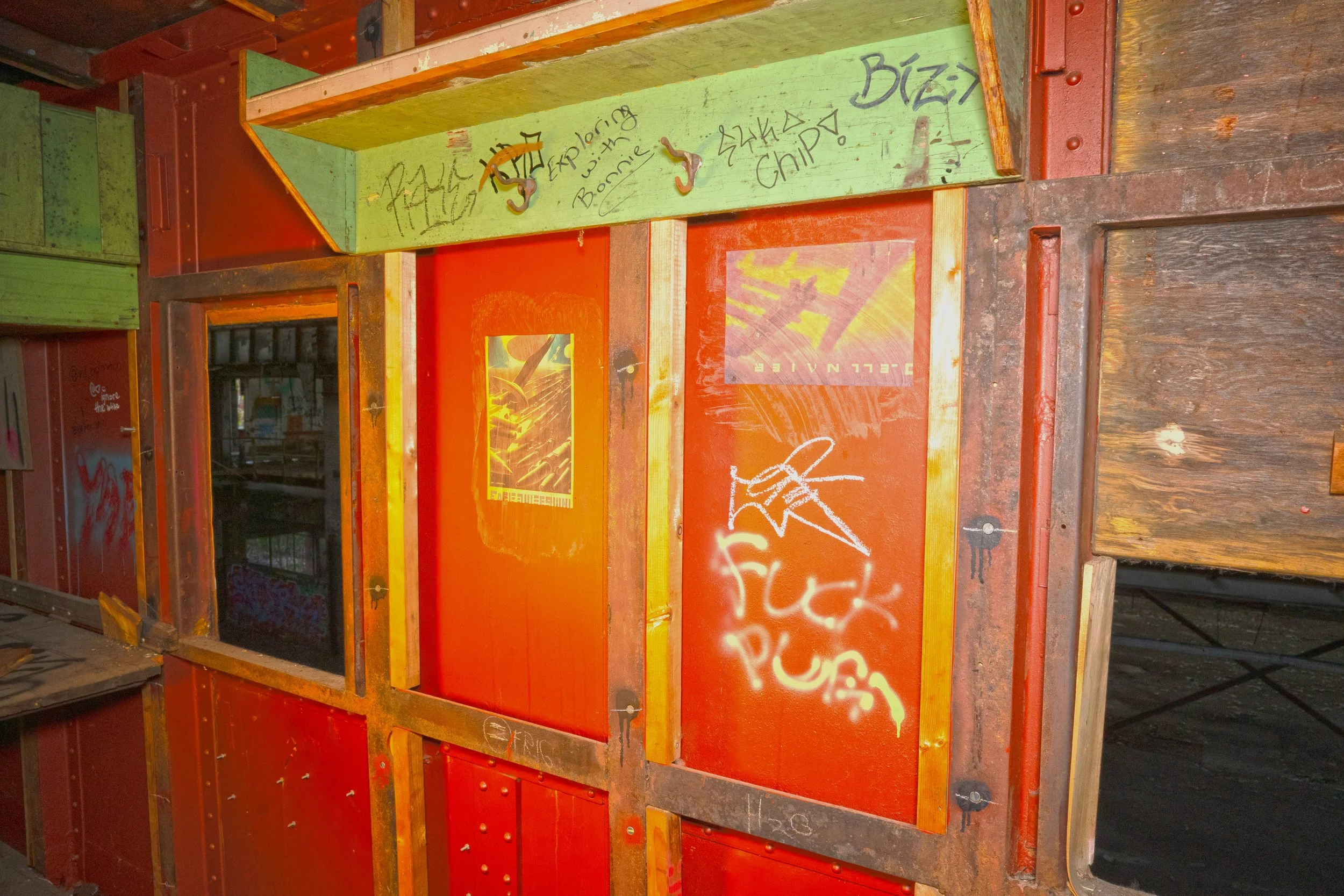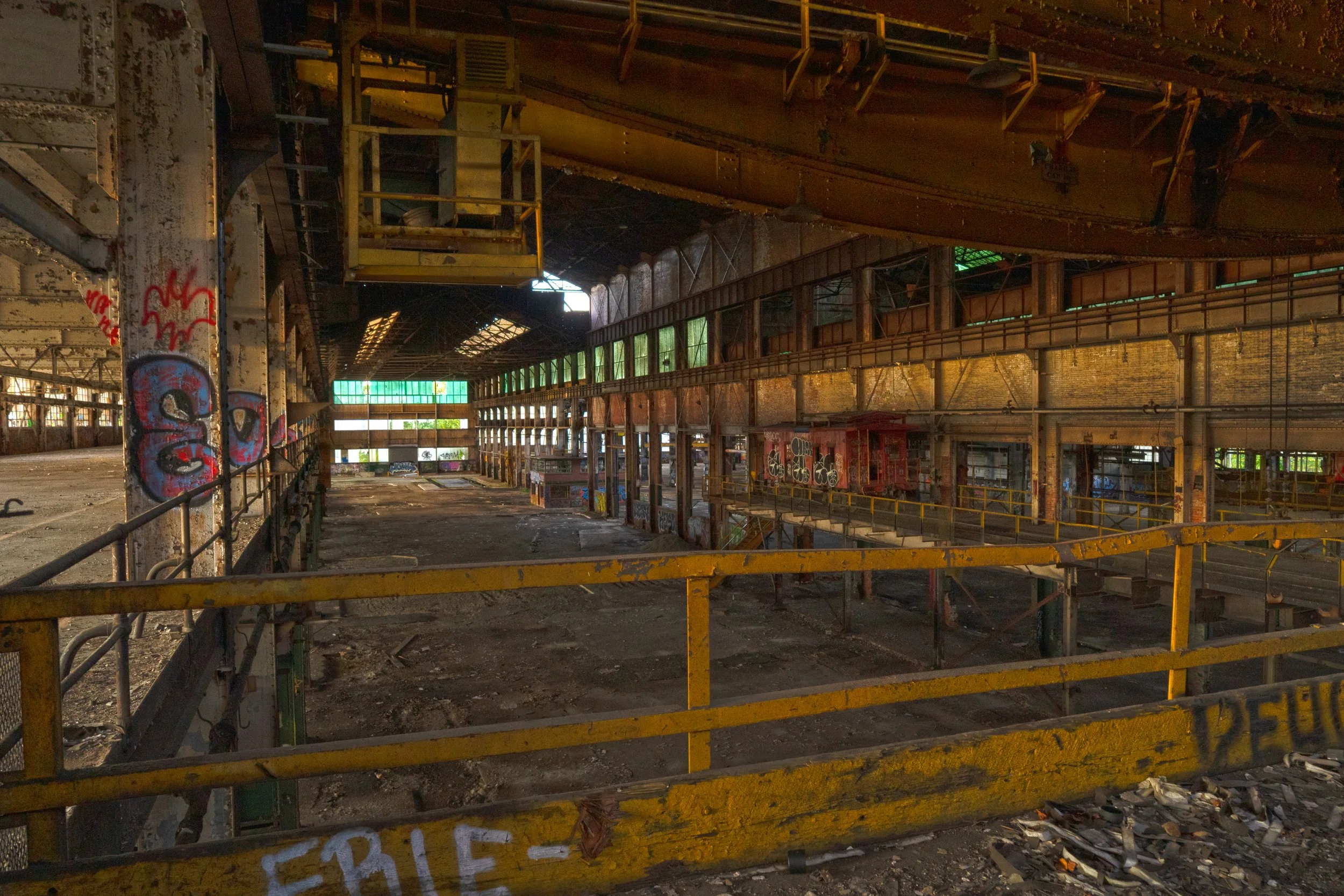
Mcdowell Wellman
E 71st St, Cleveland, OH 44103
-Abandoned 2007
|High Resolution page|
Locate it!
History of Mcdowell Wellman
The Mcdowell Wellman Company has a long history throughout the 20th Century as a leading Steel Plant Equipment manufacturer. The company was founded in 1896 as the Wellman-Seaver Engineering Company, by the inventor of the first open hearth furnace in the U.S. Samuel T. Wellman, his brother, Chas. H. Wellman, and John W. Seaver, to engineer and design steel mills and industrial plant equipment. The plant at the corner of Central Ave. and E 71st. St. was constructed in 1901 by the Wellman-Seaver Company. In 1903 Thos. R. Morgan joined the company, and was renamed as the Wellman-Seaver-Morgan Co. in 1903. This addition to the company allowed the Wellman-Seaver-Morgan Co. to acquire the Webster, Camp & Lane Co. of Akron, a manufacturer of mining machinery and iron and coal handling equipment. Around this same time the company had contracts to many global names in the Industrial space. Geo H. Hulett, was the creator of the Hulett unloader, which revolutionized the Great Lakes ore industry, and was used to unload taconite from ore boats on the Great Lakes. By use of these ore unloaders, a job that once took 100 men working 12 hours now took only 25 men less than five hours to do double the work. Originally 100 men would work 12 hours to move 5,000 tons of ore, but with the use of just four hulett unloaders, 25 men could move 10,000 tons in under five hours. By 1931 Geo H. Hulett joined the now named Wellman Co. By this same time Hullet Loader parts were made inside the plant. also that same year excavating buckets were added to its production line when the Wellman Company acquired the G. H. Williams Co. of Erie, PA. In 1954 the Cleveland based McDowell, Inc., an international construction and engineering firm, acquired Wellman to fulfill McDowell's goal of erecting turnkey plants for basic industries. In 1963 there was an official merger of these 2 companies, producing the McDowell-Wellman Engineering Co. By the 1970s the company focused much of it’s manufacturing on coal docks and port loading facilities. In 1976 Helix Technology Corp, a company based out of Massachusetts bought Mcdowell Wellman, The bulk material-handling unit and research center of Mcdowell Wellman were sold to the Pittsburgh based Dravo Corporation. In 1980, the company had reorganized their Cleveland units as the Dravo Wellman Company, but was again sold off, this time to Blyden-Alice in 1988, that same year, the company left their Cleveland Roots leaving the Mcdowell Wellman Plant vacant. In 1993 that company was sold to Svedala Industries a Swedish company. Likely due to the rise of imported Steel and more efficient labor and production methods overseas that began to take over the Steel production industry in the early 1970s. Before the Mcdowell Wellman Plant could be properly abandoned though Cleveland Track Material Inc. Bought the warehouse, the CTM company is a producer of special trackwork for Class I, transit and industrial railroads, and used the plant to make these special types of Railroad infrastructure. However the company closed the plant in 2007, a final tour was held on August 10, 2007 before full closure of the plant. Since being abandoned the plant has been a major target of vandalism mainly in the interior of the building. Interestingly the plant hosts two fallen flag cabooses from railroads that have been defucted since at least the 1990s, one being a Rio Grande Railroad Caboose (Defunct. September 11, 1996), and what appears to be a Ex. New York Central Caboose (Defunct February 1, 1968). Note this caboose was later owned by the Hartwell Railroad in Georgia. The cabooses are connected to the NS Chicago Line via a two raised industrial spurs into the former plant, and were placed in the plant after 2017, when a developer purchased the plant, to use as a theater space, the cabooses were bought from the Black River & Western Railroad in New Jersey and brought into the plant to serve as a bunkhouse for guests. However this plan didn’t go far and the cabooses were left in place, and have since then been a big target of vandalism mainly in the form of graffiti. Many remnants of former track in the plant can be found throughout, some still intact most though ripped up from its Cleveland Track Material days.

Recollection from the author
Mcdowell Wellman will go down as one of my favorites especially outside of Detroit. The plant a staple of Steel Mills across the US, and it’s railroad ties make it a hard one to pass up for a person like me, with my second photography passion being Railroad Photography. The fallen flag railroad cabooses are the cherry on the top when it comes to this location, something you don’t espect coming into a abandoned building but one that was found inside Mcdowell Wellman, from the outside just a Steel Mill of sorts.
Main Plant Floor Shot 1
Main Plant Floor Shot 2
Main Plant Floor Shot 3
Main Plant Floor Shot 4
Main Plant Floor Shot 5
Main Plant Floor Shot 6
Main Plant Floor Shot 7
Main Plant Floor Shot 8
Main Plant Floor Shot 9
Main Plant Floor Shot 10
Main Plant Floor Shot 11
Main Plant Floor Shot 12
Main Plant Floor Shot 13 (Note the operation tower)
Main Plant Floor Shot 14
Main Plant Floor Shot 15
Main Plant Floor Shot 16 (Note the Employee Quarters housed in the back middle of the plant)
Main Plant Floor Shot 17
Main Plant Floor Shot 18 (note the two cabooses visible in one shot)
A side room leading to the underneath of the two elevated industrial spurs
Former Rail left behind buried in the ground floor of the main plant floor
Back of the Rio Grande Caboose
Rio Grande Caboose as seen from the staircase leading to the Western Spur track
Inside the Rio Grande Caboose
Rio Grande Logo promoting "The Action Road" due to its innovative and aggressive approach to railroad operations. The railroad used this slogan to highlight its speed, efficiency, and forward thinking nature
Looking out the Rio Grande Caboose towards the door leading towards the NS Chicago Line
Looking out to the main plant floor from the platform of the Rio Grande Caboose
Full shot of the Rio Grande Caboose as seen from another balcony
A Rio Grande Caboose stages a shot of the main plant floor as seen from the 2nd floor balcony connecting the two elevated spur tracks
Main plant floor as seen from the elevated platform the two cabooses rest on
Rio Grande Caboose from the other Elevated Track Platform
Rio Grande Caboose from the 1st floor
Wideshot of Rio Grande Caboose from the 1st floor
The once NYC Central Caboose
NYC Caboose from the 1st floor
looking out the employee quarters from the 2nd floor
A side room in the employee quarters
Strange room above the employee quaters
Main plant floor as seen from a balcony near the employee quarters
The western spur track in the plant
Eastern spur track into the plant
Underneath of the industrial spurs note the overgrowth of plants below
























































